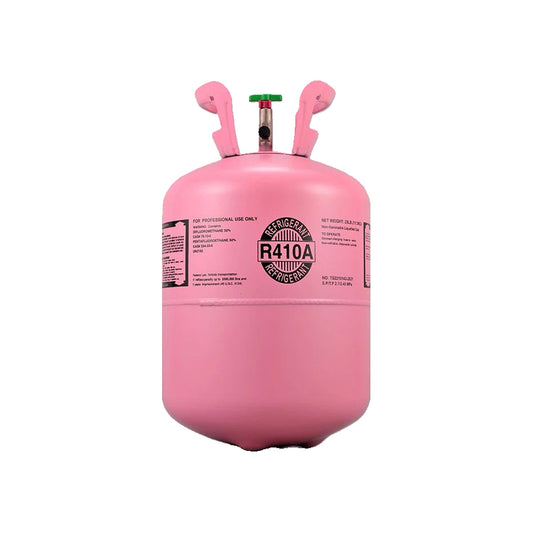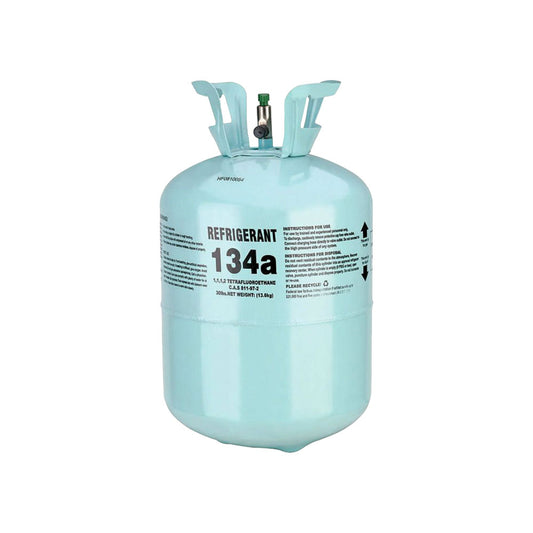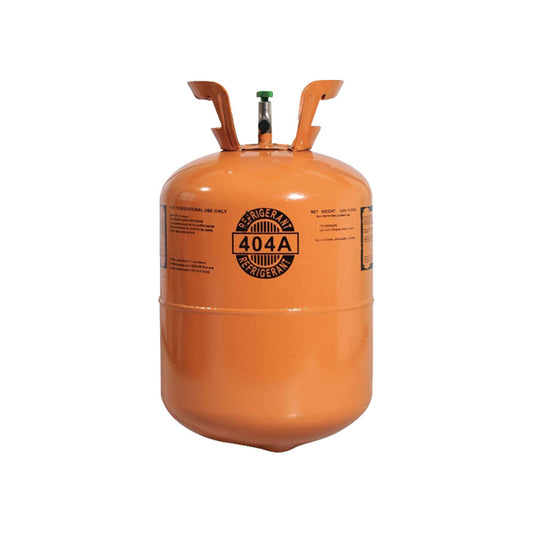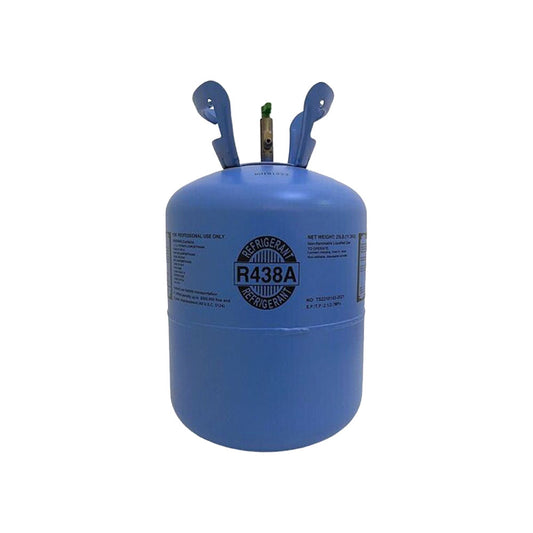Explained: The Future of R410A Refrigerant
Share
R410A refrigerant has been a popular choice for air conditioning systems due to its high efficiency and environmental friendliness. However, recent developments in the industry have raised questions about its future. Let's dive into the details to understand what lies ahead for R410A refrigerant.
What is R410A Refrigerant?
R410A is a hydrofluorocarbon (HFC) refrigerant commonly used in air conditioning systems. It is known for its superior cooling properties and energy efficiency, making it a preferred choice for many HVAC applications.
Why is the Future of R410A Refrigerant Uncertain?
The main reason for the uncertainty surrounding R410A refrigerant is its high global warming potential (GWP). As the HVAC industry continues to focus on reducing greenhouse gas emissions, there is a growing push to transition to refrigerants with lower GWPs.
What are the Alternatives to R410A Refrigerant?
Several alternatives to R410A refrigerant have emerged, including R32, R452B, and R454B. These refrigerants have lower GWPs and are considered more environmentally friendly options for air conditioning systems.
Regulatory Changes Impacting R410A Refrigerant
Regulatory bodies around the world are implementing measures to phase out high-GWP refrigerants like R410A. For example, the European Union has set targets to reduce the use of HFCs, which will impact the availability and use of R410A in the region.
The Shift Towards Low-GWP Refrigerants
With the HVAC industry moving towards sustainability and environmental responsibility, there is a clear trend towards adopting low-GWP refrigerants. Manufacturers are investing in research and development to create more eco-friendly alternatives to R410A.
What Does the Future Hold for R410A Refrigerant?
While R410A refrigerant continues to be widely used, its future is uncertain in the face of increasing environmental concerns and regulatory changes. As the industry transitions towards more sustainable practices, the demand for low-GWP alternatives is expected to rise.
In conclusion, the future of R410A refrigerant is closely tied to the industry's commitment to reducing greenhouse gas emissions and adopting eco-friendly solutions. As technology advances and regulations evolve, the HVAC sector will continue to explore new refrigerant options to meet the demands of a changing world.




